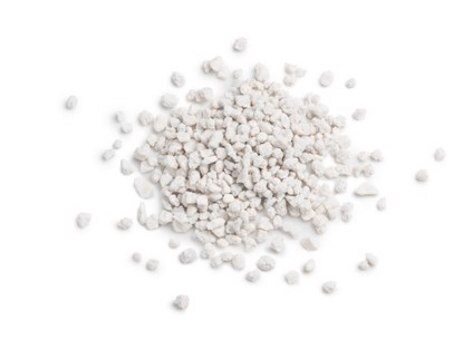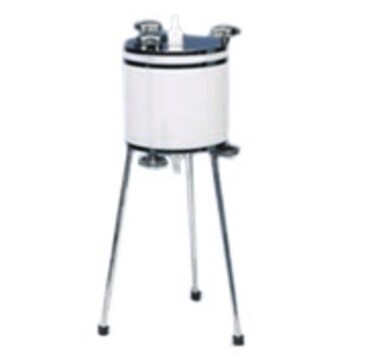MABF3371
Anti-C5aR1/CD88 Antibody, clone P12/1
Synonim(y):
C5a anaphylatoxin chemotactic receptor, C5a anaphylatoxin chemotactic receptor 1, C5a-R, CD88
About This Item
Polecane produkty
pochodzenie biologiczne
mouse
Poziom jakości
forma przeciwciała
purified antibody
rodzaj przeciwciała
primary antibodies
klon
P12/1, monoclonal
masa cząsteczkowa
calculated mol wt 39.34 kDa
observed mol wt ~N/A kDa
oczyszczone przez
using protein G
reaktywność gatunkowa
human
opakowanie
antibody small pack of 100
metody
electron microscopy: suitable
flow cytometry: suitable
immunohistochemistry: suitable
western blot: suitable
izotyp
IgG2aκ
sekwencja epitopowa
N-terminal extracellular domain
numer dostępu Protein ID
numer dostępu UniProt
temp. przechowywania
2-8°C
informacje o genach
human ... C5AR1(728)
Specyficzność
Immunogen
Zastosowanie
Evaluated by Flow Cytometry in Human peripheral blood mononuclear cells (PBMC).
Flow Cytometry Analysis: 1.0 µg of this antibody detected C5aR1/CD88 in one million Human peripheral blood mononuclear cells (PBMC).
Tested Applications
Flow Cytometry Analysis: A representative lot detected C5aR1/CD88 in Flow Cytometry application. (Werfel, T., et al. (1996). J Immunol. 157(4):1729-35).
Western Blotting Analysis: A representative lot detected C5aR1/CD88 in Western Blotting application. (Huttenrauch, F., et al. (2005). J Biol Chem. 280(45): 37503-15).
Electron Microscopy: A representative lot detected C5aR1/CD88 in Electron Microscopy application. (Werfel, T., et al. (1996). J Immunol. 157(4): 1729-35).
Immunohistochemistry Applications: A representative lot detected C5aR1/CD88 in Immunohistochemistry application. (Werfel, T., et al. (1996). J Immunol. 157(4): 1729-35).
Note: Actual optimal working dilutions must be determined by end user as specimens, and experimental conditions may vary with the end user.
Opis wartości docelowych
Postać fizyczna
Rekonstytucja
Przechowywanie i stabilność
Inne uwagi
Oświadczenie o zrzeczeniu się odpowiedzialności
Nie możesz znaleźć właściwego produktu?
Wypróbuj nasz Narzędzie selektora produktów.
Kod klasy składowania
10 - Combustible liquids
Klasa zagrożenia wodnego (WGK)
WGK 1
Temperatura zapłonu (°F)
Not applicable
Temperatura zapłonu (°C)
Not applicable
Certyfikaty analizy (CoA)
Poszukaj Certyfikaty analizy (CoA), wpisując numer partii/serii produktów. Numery serii i partii można znaleźć na etykiecie produktu po słowach „seria” lub „partia”.
Masz już ten produkt?
Dokumenty związane z niedawno zakupionymi produktami zostały zamieszczone w Bibliotece dokumentów.
Nasz zespół naukowców ma doświadczenie we wszystkich obszarach badań, w tym w naukach przyrodniczych, materiałoznawstwie, syntezie chemicznej, chromatografii, analityce i wielu innych dziedzinach.
Skontaktuj się z zespołem ds. pomocy technicznej







